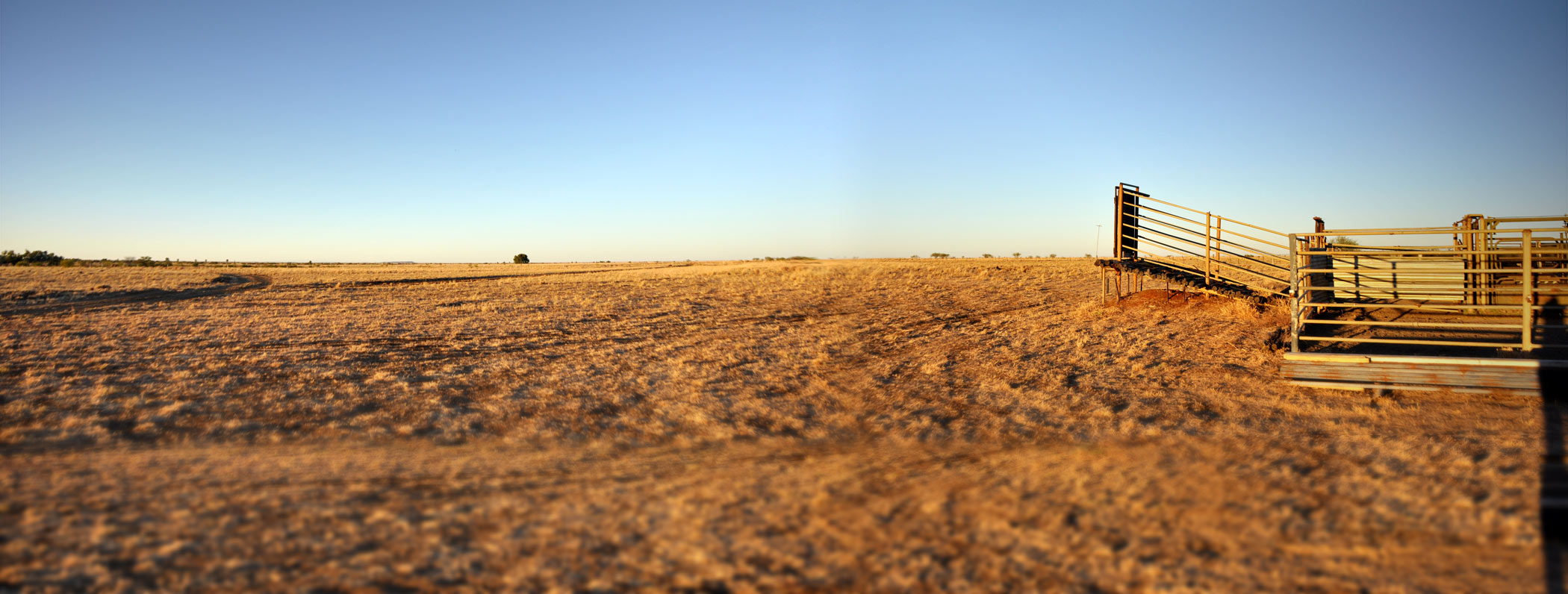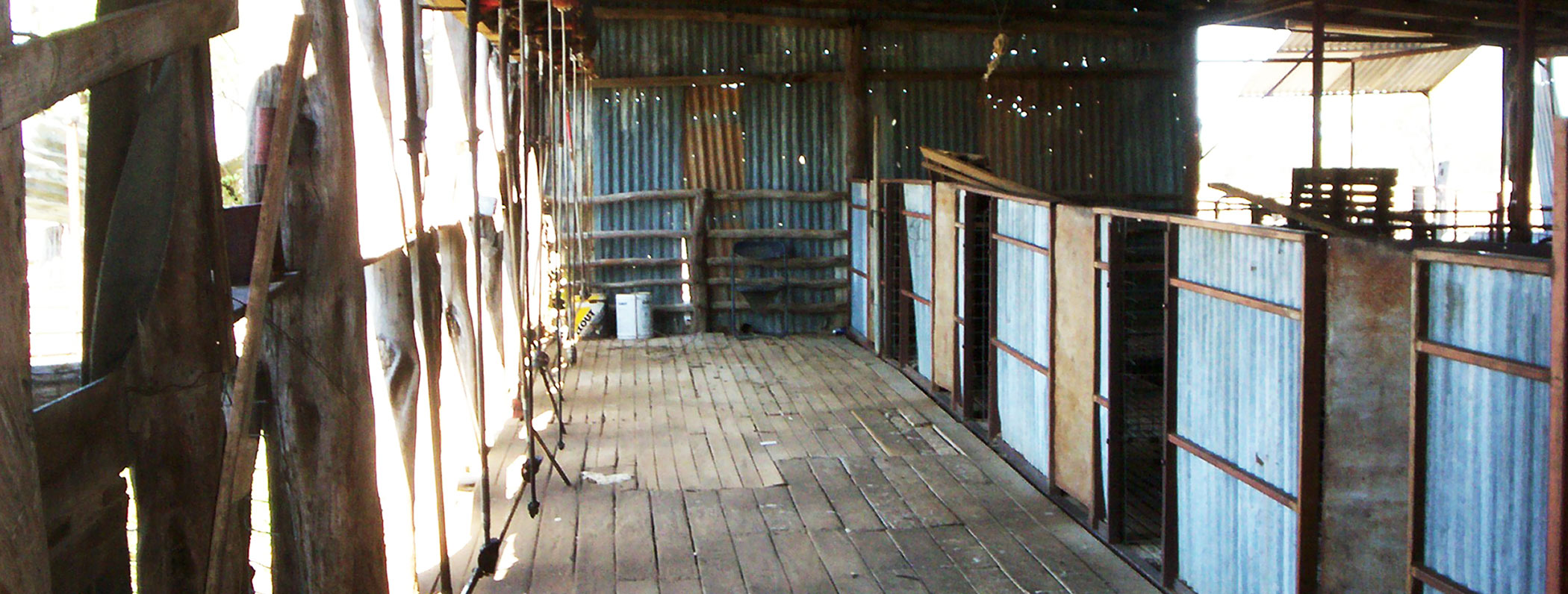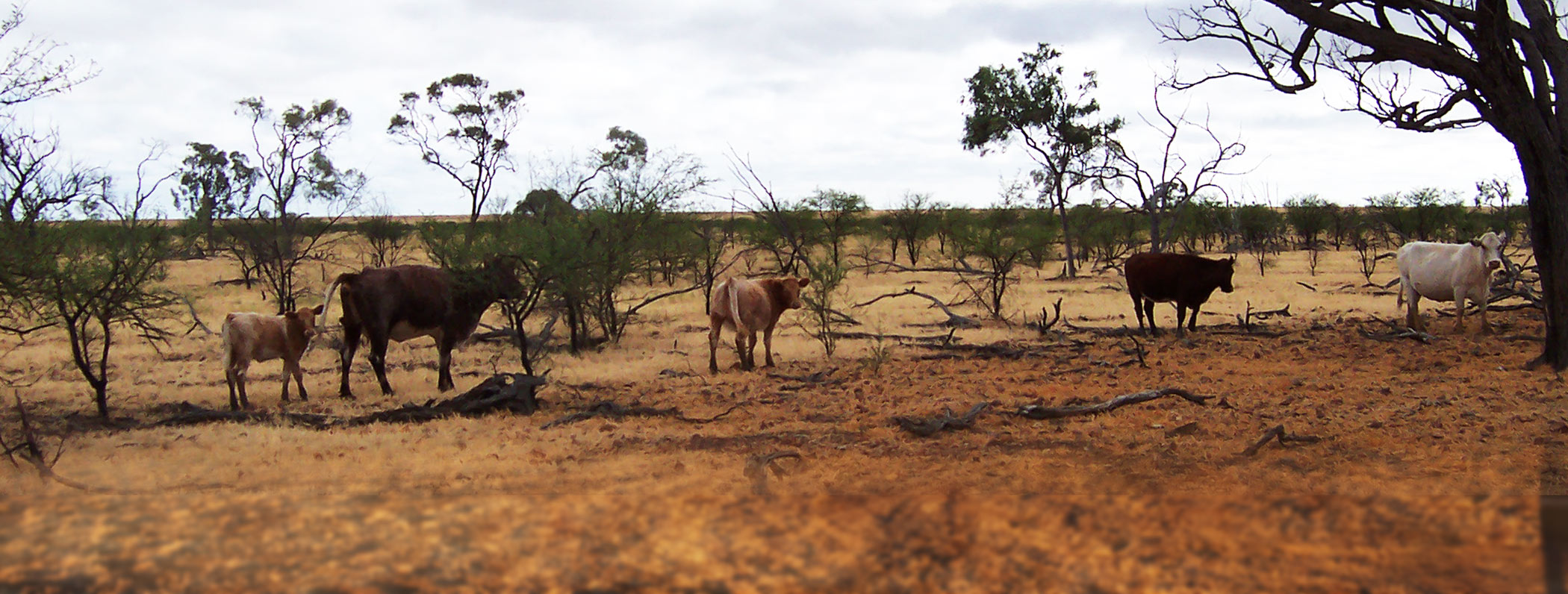1860-1900
There have been many changes since 1860 when William Landsborough and Nat Buchanan discovered the headwaters of the Thomson River; Torrens Creek, Tower Hill Creek and the Landsborough River. They took up the country they called the Landsborough Runs [Bowen Downs] as the Landsborough River Company consisting of the Scottish Australian Company [represented by Morehead and Young] half shares; William Landsborough with quarter shares; and Nat Buchanan and Edward Cornish with one eighth share each.
In November 1861, Nat Buchanan set out from Port Denison [Bowen] to find a route from the Sea to the Landsborough Runs. The first cattle, 5 000 head, were brought to Bowen Downs in October 1862 from Landsborough’s Fort Cooper station near Nebo by two colonists and eight aborigines, with Nat Buchanan acting as guide. Another three thousand cows were brought up from Narran, NSW in May 1863. Twenty-five thousand young sheep from Glengallan Stud near Warwick completed the early stocking of Bowen Downs, which eventually covered 3 683 square miles or some 2.36 million acres. Nat Buchanan was the first manager and in 1863, a cluster of bark huts and fewer than twelve people made up the settlement of Bowen Downs.
By mid-1863 neighbouring stations were established: Coreena; Chessborough and Hodgson at Rodney Downs;
- Meredith at Tower Hill;
- J W Raven at Stainburn and Corindah [present-day Springdale and Stagmount];
- and later Tolson at Uanda.
In February 1864, the first shearing had been completed at Bowen Downs. Nat Buchanan brought his wife, Catherine Gordon, to live there in 1864. By the end of 1866, Bowen Downs was a little town with nearly sixty people and twenty-four dwellings; a butcher, baker, post office, vegetable garden, hotel and Native Mounted Police.
A relatively prosperous time in the 1870s led to the introduction of wire fencing. This resulted in less labour in shepherding sheep, and increased land capacity. After the thefts of cattle by Redford and others, the Scottish Australian Company established Mt. Cornish as a separate cattle station in 1872. The Cameron, Crombie and Bowly families established Kensington, Greenhills and Eastmere at this time.
The 1880’s were a time of trial with droughts and falling wool prices with the first large land resumptions taking place between 1885 and 1887. The railway reached Barcaldine in 1886 and Longreach in 1892 making a huge difference to the transport of goods and export of stock.
The introduction of shearing machinery in the 1890s caused a gradual increase in ill-feeling due to poor wages, loss of jobs, and the subsequent loss of accommodation and food. This ill-feeling became the basis for the shearers’ strikes of 1891 and 1895.
In this uneasy climate, Bowen Downs, Corinda and Aramac Station were connected to Aramac by telephone and the first artesian bores were put down. On the assumption of bores it was thought the country would be drought-proof,and stock numbers were increased accordingly. In 1894, live cattle were exported from Mt. Cornish through the Gulf of Carpentaria. Bowen Downs recorded its biggest lambing; 117 379 lambs, in 1895 and in 1899 the record number of sheep were shorn; 364 742.
Since the land resumptions Bowen Downs was, at this time, vastly overstocked with around 504 580 acres. Today’s recommended stocking rate for that country is one sheep to 3.25 acres. Below average rainfall was recorded for the next seven years causing the most widespread and severe drought to that date.
1900-1950
By 1902, 276 244 sheep had died on Bowen Downs with 134 000 remaining. On Mt. Cornish 2 000 head of cattle remained out of 27 417 with a further 644 horses dead.
In 1902, the Labour Government increased pastoral rent, by as much as 100%. Incredibly, in 1993, the Labour Government did the same again under similar trying circumstances. The Scottish Australian Company sold Mt. Cornish in 1904 in order to recoup some of its losses.
The decade between 1910 and 1920 saw some good seasons lead to the build up of foxes and blowflies. The opening of the Aramac Tramway in 1913 was a further improvement to transport while the British Government purchased the entire Australian wool-clip as part of the war effort. On the stations, it was a time of maintenance.
1926 heralded the driest year ever recorded on Bowen Downs, with only 118 mm of rain. The introduction of motor transport; further reductions to the labour forces; dissatisfaction with the government regarding leases; and large land resumptions saw the nature of the district change as selectors took over from the huge holdings.
The 1930s were times of low prices, drought and the depression.
During the 1940s, the British Government purchased the wool clip for the duration of the Second World War and there was a shortage of material, labour and rain. In the late 1940s and early 1950s the Federal Government took control of export meat sales.
1950 – present day
In 1950s, there were better wool prices and better seasons coupled with flystrike and lice. There was a shortage of labour and the shearers’ strike of 1956. At Bowen Downs, 1956 was the wettest year recorded with 1 527mm of rain.
Despite a drought in 1960, life in the Aramac shire was probably at its peak around 1963. The roads were not too bad; there was a doctor in both Aramac and Muttaburra as well as a dentist who visited regularly; and there was a general air of prosperity. Electricity came to the area around 1968. More years of drought followed, necessitating the formation of the Rural Reconstruction Board in 1969-70 to put eligible graziers back on their feet.
By the 1970s, the lowest wool prices for decades caused many people to switch to running cattle, resulting in an oversupply and the subsequent collapse of cattle prices as well. Detrimental tax legislation added to the hardship and labour was severely decreased. For the first time, the Australian economy was no longer dependant on the welfare of primary producers.
Except for the introduction of the DRCS telephone system, little else changed throughout the 1980s. Bowen Downs was continually drought-declared for thirty-six months from 1986 to 1988 with 1988 recording the driest January to June ever- a yearly rainfall of only 26mm. The property was completely destocked except for two heifers and 850 weaner sheep. This was offset by record high wool prices.
The 1990s saw droughts and floods; the abandoning of the wool floor price; mediocre cattle prices; below average rainfall and a continuing reduction in services.
Over the 138 years of white settlement in the Aramac shire, some problems have remained the same: seasons, scarcity of skilled labour, freight costs, markets and tardiness of suitable government legislation.
Adapted from text by Lesley Cowper



